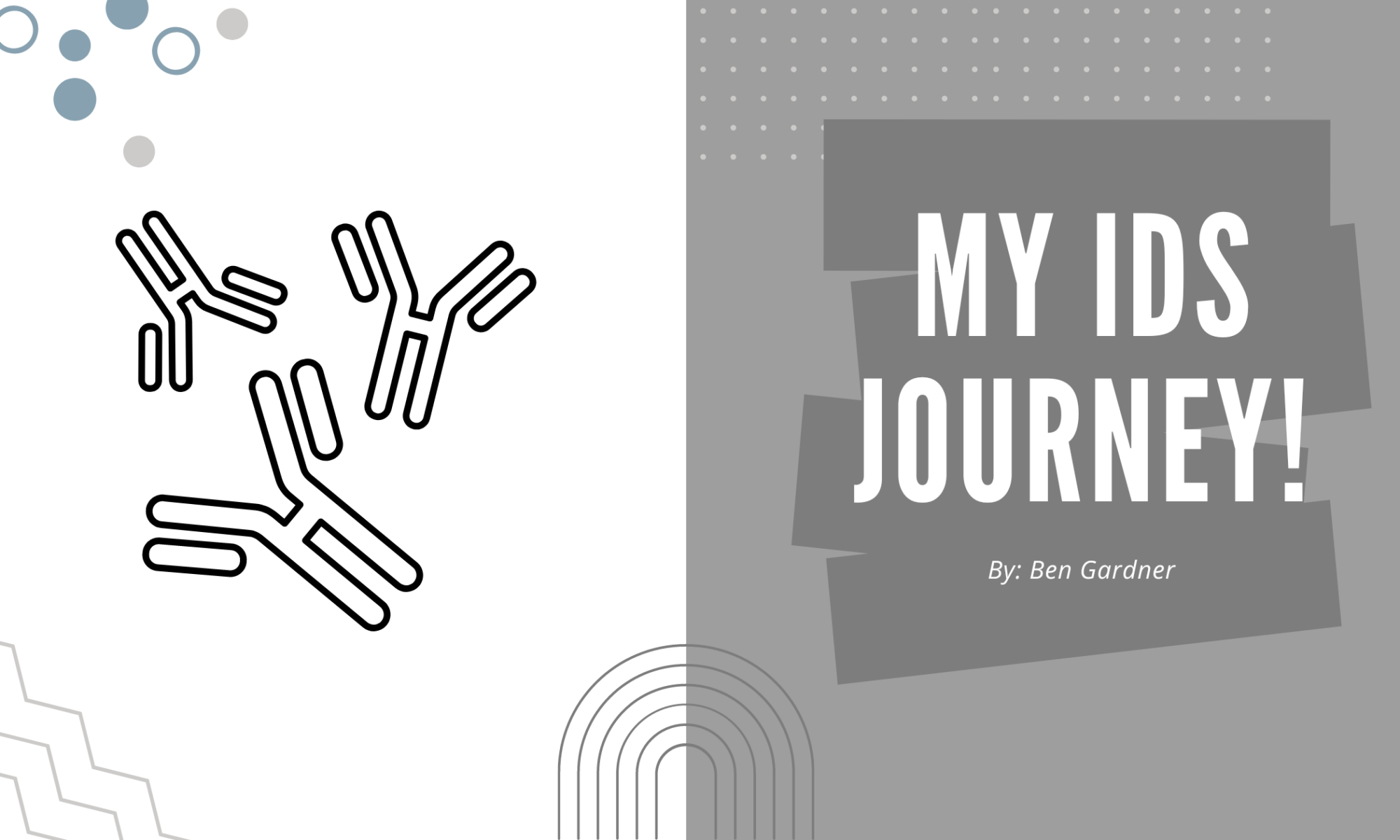By: Ben Gardner
What I thought of the summer placement.
My time at ImmunoDiagnosticSystems (IDS) was extremely valuable and interesting, it was great to see what we learn about at uni being used in real-life.
I learnt many skills in the lab including immunoassays, antibody purification, and accurate working. I have also developed my ability to document labwork, process data, and think critically. It was interesting to see the many different departments IDS has and how they interact. IDS is an excellent company for aspiring bio-scientists with special thanks to Michael Gardner, the rest of the Process Development department, and the Quality Control department. They all really helped me on my placement, and I had a great experience chatting with them in the labs and the office. I would highly recommend other students to take up a placement at IDS and I can guarantee they will have a wonderful time!
My first week at IDS!

In the first week, I spent much of my time in the labs making solutions that I would require for my lab work. These were mainly buffer solutions. I made an 18% sodium sulphate solution and a phosphate buffer saline (PBS) solution. This developed my skills in following written procedures and taking instructions from a supervisor. I had to communicate with my supervisor and inform them after I had completed my calculations. I spent the rest of this week performing a sulphate cut, a method to purify sheep polyclonal vitamin D antibodies. I took various bleeds of antisera which were very smelly and used the sodium sulphate solution to purify it. The high ionic strength decreases the solubility of the protein which is known as “salting out”. I then measured the absorbance in a UV spectrophotometer and diluted the solutions in PBS to make standard solutions of 10 mg/mL.
What the project entailed.
Over subsequent weeks I spent my time running many 25D (vitamin D) assays to test my antibodies for different criteria. I performed the 25-Hydroxy Vitamin DS enzyme immunoassay by following the procedure (the diagram explains how it works).

Firstly coat the plates overnight. The plate was then washed and Calibrators/controls (some containing vitamin D and some without vitamin D) were added to the wells with a multichannel pipette and incubated for 2 hr. The plate was washed and enzyme conjugate was added. There was a 30 min incubation followed by another wash. I then added the substrate and incubated it for a further 30 min. The reaction turns the well from colourless to blue if there is no 25D present in the sample. After this, I added the stop solution (HCl) to stop the reaction. The HCl turns the well yellow when no 25D is present. The later steps are definitely the exciting part reaching peak excitement when adding the stop solution to visibly turn the wells from blue to yellow!

The absorbance of the plates was then read using a spectrophotometer. The calibration curve makes it possible to convert absorbance values to concentrations. This means that patient samples can be tested to determine if they have a vitamin D deficiency or not. Having a greater level of vitamin D would result in less signal as it would block the sites vitamin D-biotin binds. I was extremely good at the lab work and did not have to repeat a single assay. My report writing was a different story so I spent a lot of my time getting it into the correct structure. The staffs were extremely supportive and helpful when giving me feedback on this.
Extra work I did.
I also ran many additional hCOMP (human cartilage oligomeric protein) assays which was the current project many of my colleagues were working on. A new product was being developed from an old product made by a different company. I was testing the old product to see if there was any crossreactivity with different compounds. I also did some work on method comparison with me running the old kit and my dad running the new kit. It seemed like an interesting new product and I was very interested in finding out about the underlying science which was joint tissue diseases such as rheumatoid arthritis.
I can’t wait to use my new lab skills within my degree and beyond!
Find out more about IDS here.

